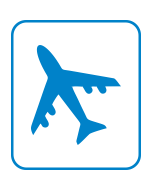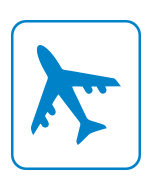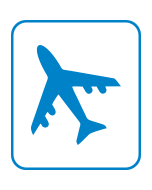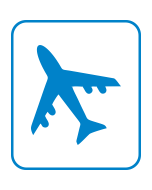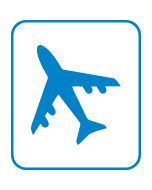Global Commercial Last-Mile Drone Delivery Growth Opportunities
Global Commercial Last-Mile Drone Delivery Growth Opportunities
Environmental Concerns Regarding Carbon Emissions Propel Drone Technology Adoption in the Logistics Sector
30-Aug-2023
Global
Market Research
$2,450.00
Special Price $2,205.00 save 10 %
This Frost & Sullivan study explores the innovative use of drones in commercial last-mile deliveries in the global logistics industry. Drones for commercial last-mile deliveries have experienced growth following their use during the COVID-19 pandemic, as part of a large-scale effort to encourage contactless deliveries. Drones for this use-case have also proved that the logistics industry has a cost-effective alternative to reduce carbon emissions for suburban deliveries. While the idea of drone deliveries seems futuristic, many businesses have started daily drone operations to deliver a wide range of products around the world—from medical supplies in Malawi to groceries or fast food in the United States and Australia.
However, despite several factors propelling adoption, global regulatory frameworks are yet to adapt to these new conditions and technological advances, limiting end users from fully leveraging drone technology's benefits. More importantly, high costs challenge the industry as businesses are hesitant to invest in the technology due to a lack of a coherent regulatory framework, restraining widespread adoption. Moreover, global policymakers must coordinate air traffic management systems to accommodate drones in environments with high air traffic.
With 2022 as the base year and 2022-2027 as the study period, the study examines future growth opportunities, including drone-assisted truck deliveries and hybrid vertical take-off and landing (VTOL) fixed-wing drones for commercial last-mile deliveries. Frost & Sullivan offers recommendation that logistics industry participants can consider to leverage these opportunities and grow.
Why is it Increasingly Difficult to Grow?
The Strategic Imperative 8™
The Impact of the Top 3 Strategic Imperatives on the Global Commercial UAS Last-Mile Delivery Industry
Growth Opportunities Fuel the Growth Pipeline Engine™
Scope
Overview/Trends/Challenges
Different Types of Drone Systems Used for Last-Mile Deliveries
UAS Adoption Degree for Last-Mile Commercial Deliveries by Segment
Key Application Areas for Last-Mile Commercial Drone Deliveries
Growth Metrics
Revenue Forecast
Comparison of Different Types of UAS for Commercial Last-Mile Deliveries
Key Factors Driving Market Growth
5 Major Growth Areas
Key Regions and Market Participants
Significant Partnerships between Developers of UAS Solutions for Last-Mile Deliveries and External Companies, 2020–2023
Growth Drivers
Growth Restraints
Growth Opportunity 1—Drone-assisted Truck Delivery
Growth Opportunity 1—Drone-assisted Truck Delivery (continued)
Growth Opportunity 2—Solutions for the Final Step of Commercial UAS Last-Mile Deliveries
Growth Opportunity 2—Solutions for the Final Step of Commercial UAS Last-Mile Deliveries (continued)
Growth Opportunity 3—Hybrid VTOL Fixed-Wing Drones for Commercial Last-Mile Deliveries
Growth Opportunity 3—Hybrid VTOL Fixed-Wing Drones for Commercial Last-Mile Deliveries (continued)
List of Exhibits
Legal Disclaimer
Purchase includes:
- Report download
- Growth Dialog™ with our experts
Growth Dialog™
A tailored session with you where we identify the:- Strategic Imperatives
- Growth Opportunities
- Best Practices
- Companies to Action
Impacting your company's future growth potential.
| Deliverable Type | Market Research |
|---|---|
| Author | Juan Perl |
| Industries | Aerospace, Defence and Security |
| No Index | No |
| Is Prebook | No |
| Keyword 1 | Autonomous Last Mile Delivery Market |
| Keyword 2 | Drone Package Delivery Market |
| Keyword 3 | Last-Mile Delivery Market |
| Podcast | No |
| WIP Number | K953-01-00-00-00 |
